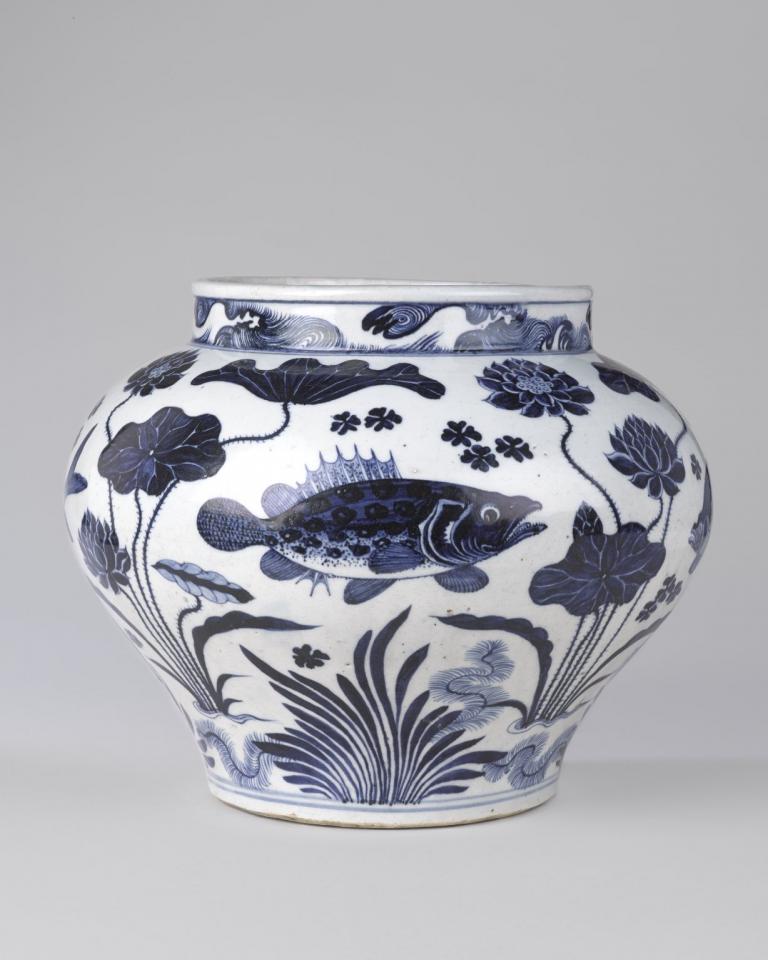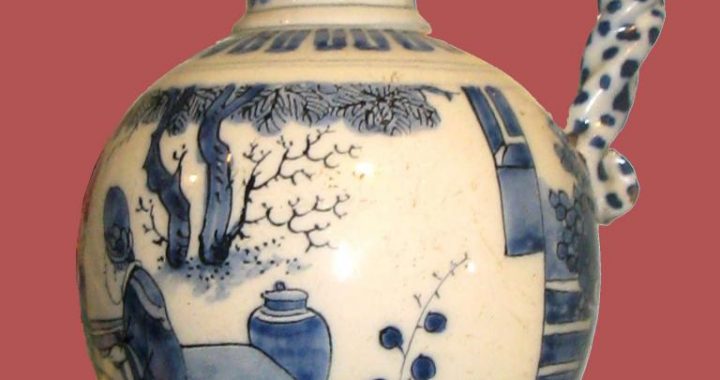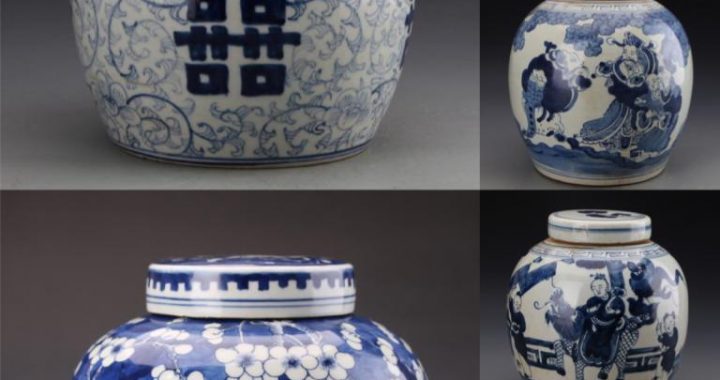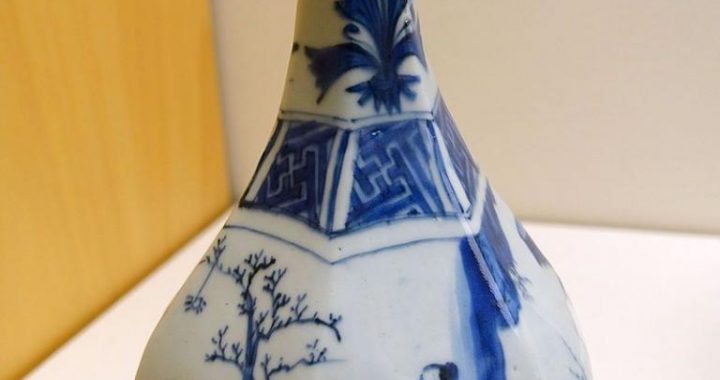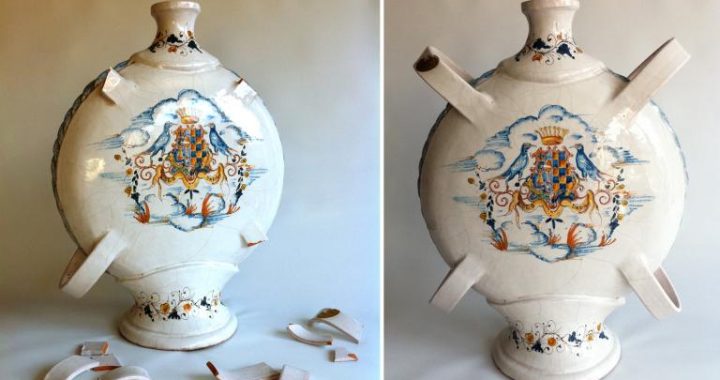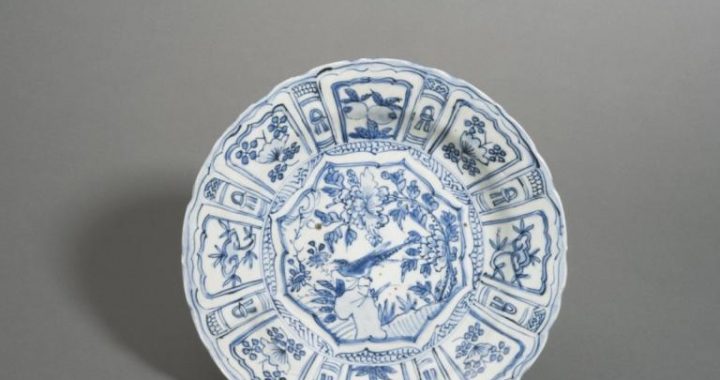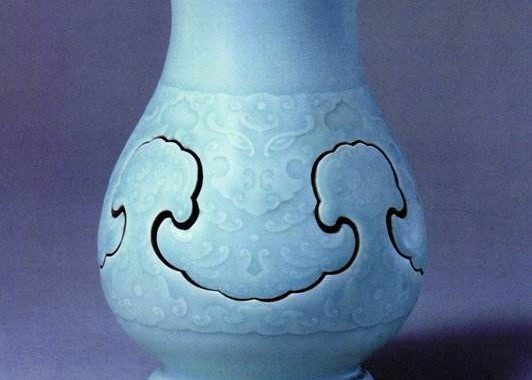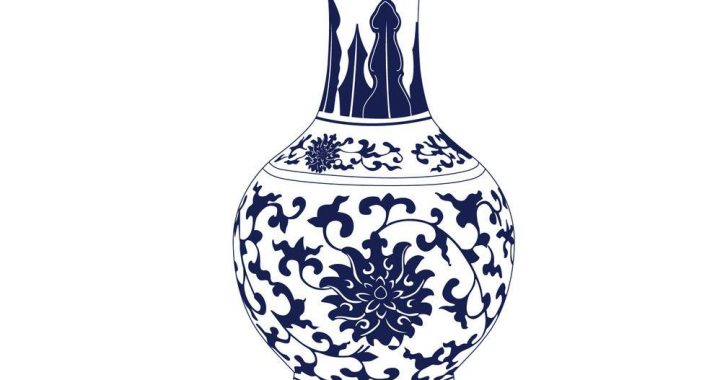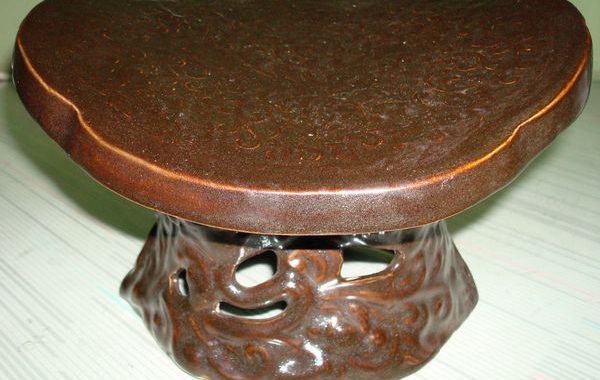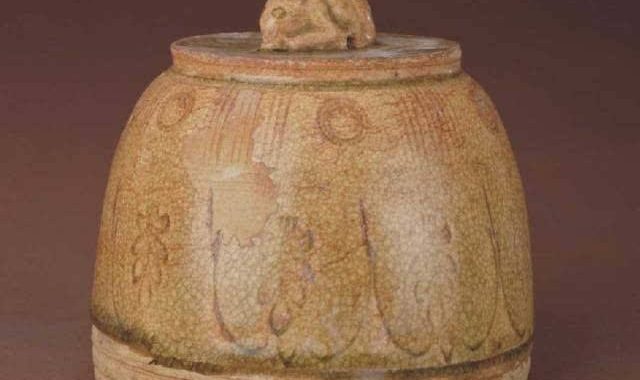Pure Blue-and-White Porcelain
3 min readPure and elegant beauty is the goal that porcelain pursues, and this ideal is best explained in the production of blue-and-white porcelain.Blue-and-white porcelain is a typical artifact of porcelain in China. Among the porcelain exported during the Ming and Qing(1616-1911) dynasties,80 percent was blue-and-white. Chinese-made blue-and-white porcelain ware emerged long before the founding of the Tang Dynasty(618-907),but it was not until the Yuan Dynasty thatthis type of porcelain came to be produced in quantity, with the attendant masterpieces.The Ming Dynasty witnessed the maturity of the art, and a large number of valuable pieces were produced in this period.
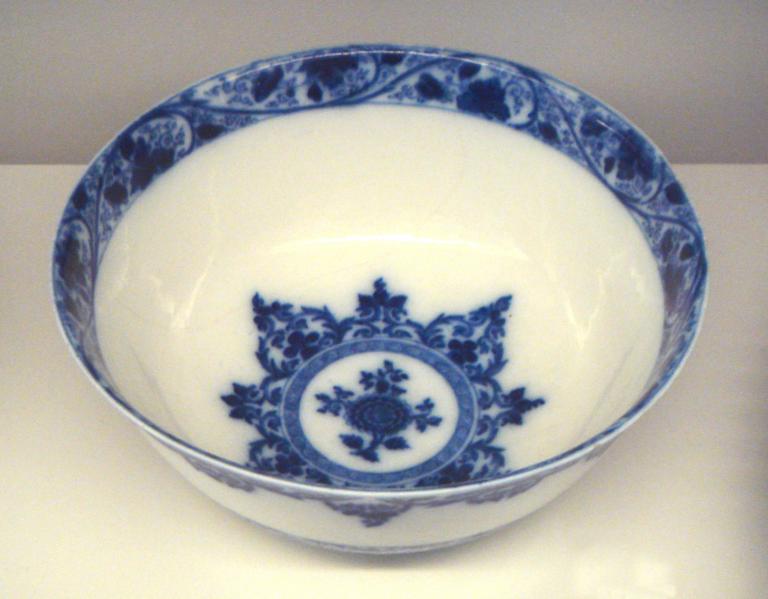
Jingdezhen,a small town that created the enchanting blue-and-white porcelain of the Yuan Dynasty, became its porcelain-producing center; and in the subsequent Ming Dynasty, the imperial kilns were established here. Blue-and-white porcelain is now the most representative of Chinese porcelain.To produce blue-and-white porcelain, cobalt oxide is requisite. It is employed to draw onthe white roughcast before glaze is applied.After kilning at a high temperature, the roughcast turns into blue-and-white porcelain, since cobalt oxide turns blue with heat. The white surface with blue patterns and a shiny sheen of glaze produces a pure, elegant and transparent effect.
In the Taipei Palace Museum there is a bowl with branch-and-flower pattern, produced in the Xuande reign(1426-1435) of the Ming Dynasty. Its shape demonstrates a primitive simplicity, while its fine texture is white with a touch of blue. In a well-balanced composition, the flowers are vividly drawn with soft and serene lines, while the blue intermingles with the white, producing a harmonious, effervescent effect.The Taipei Palace Museum houses another piece of blue-and-white porcelain ware-a plate with a flowers-of-four-seasons design, also made in the Xuande reign of the Ming Dynasty. The interior of the plate features 13 flowers, including chrysanthemum, lotus, gardenia, pomegranate, Chinese herbaceous peony, hibiscus, and camellia; while its exterior is decorated with several flowers. In the center of the plate sits the lotus-the divine flower of Buddhism and a commonly used motif in Chinese porcelain.
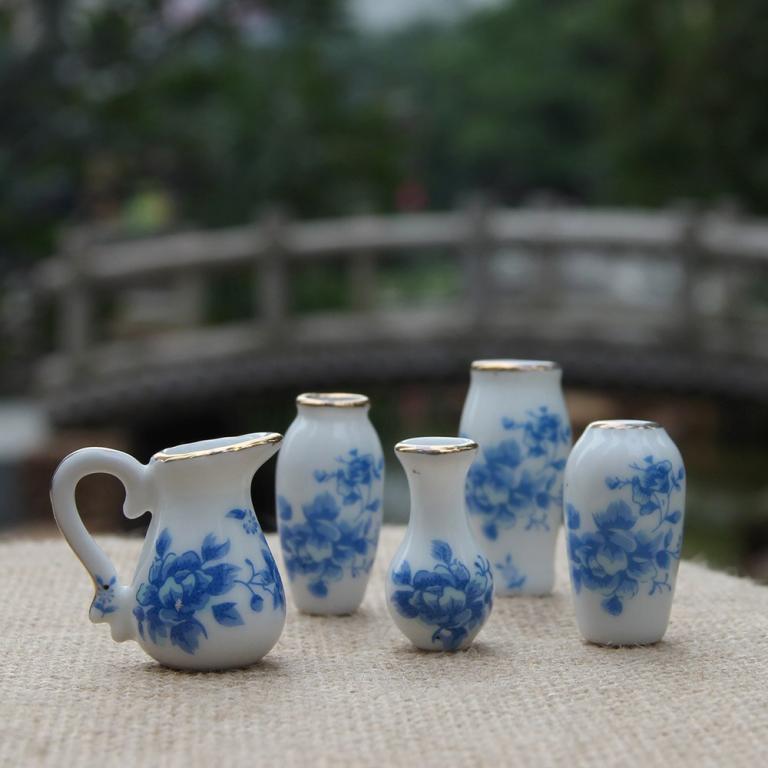
The white plate looks crystal clear, and although the designs are complicated, the pure white color and the graceful blue match each other, to produce an elegant, sophisticated effect.Blue-and-white porcelain occupies a prominent position in the Chinese porcelain industry, for it accords well with the culture and aesthetic spirit Chinese people have long pursued-of simplicity, unaffectedness and ease.Chinese people believe that ultimate beauty is simple and natural; anything that is affected and over-polished runs contradictory to this philosophy. As representative of Chinese porcelain, blue-and-white porcelain displays a worldof conciseness and elegance, serenity and purity.
Blue and white form a single-color painting, which may appear monotonous but this is the exact feature ofblue-and-white porcelain, free of excessive decoration or exaggeration. Blue-and-white porcelain also seeks an effect of transparency, which was achieved in the products made in the official kilns of the Yuan and Ming dynasties.These products boast a thin, transparent white paste set off by blue designs,which are clean and clear and convey a sense of loftiness and unearthliness.A Subtle and Reserved World.
